
Although we enjoy the warmth of the fireplace, the odors can be unpleasant. With simple tricks like vinegar, salt, or baking soda, you can keep your home fresh and cozy.
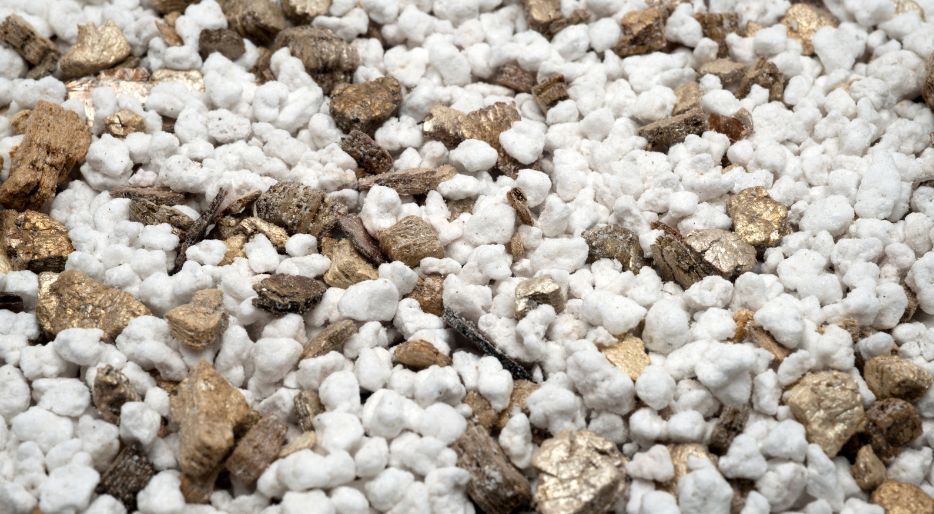
Vermiculite and perlite have become the most popular raw materials in the growing and gardening sectors. These two materials, together with pumice, are three very cost-effective additives to optimise the quality of the substrate.
Let’s take a look at their characteristics, uses and differences.
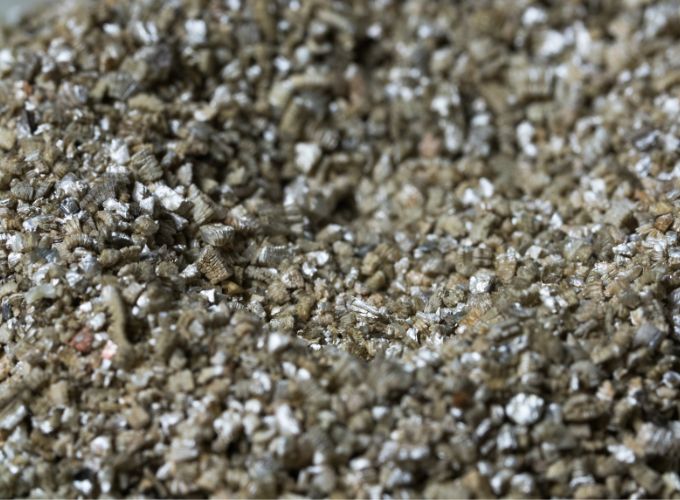
Vermiculite is a mineral made up of aluminium, magnesium and iron silicate. Its main characteristic is its capacity for expansion and exfoliation when it reaches high temperatures, as its volume increases between 8 and 20 times. It is very beneficial as it is able to absorb and rescue nutrients such as potassium, magnesium, calcium and phosphorus.
You can read more information about vermiculite here
Vermiculite is a substrate that is used in gardening and agriculture, as well as in industry and construction.
At Panadero we use vermiculite in our wood stoves. It can be found inside the combustion chambers. Vermiculite guarantees maximum safety, being able to withstand large amounts of heat and extreme temperatures.
You can buy vermiculite for your Panadero wood-burning stove here
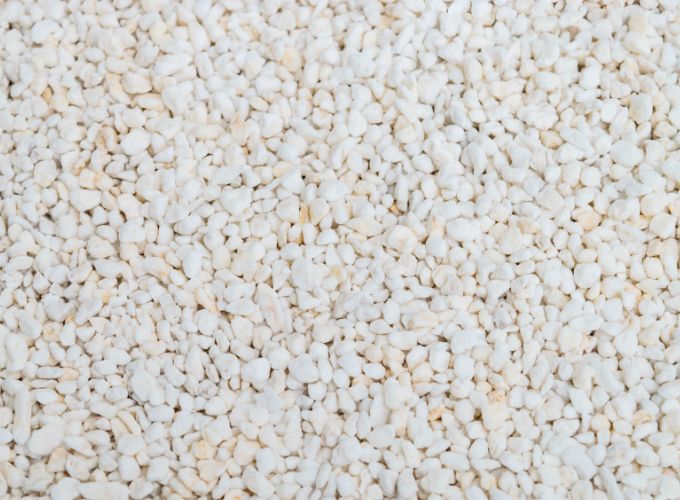
Perlite is a mineral that comes from volcanic rock and is very rich in silicon. Like vermiculite, perlite is also heated in order to expand its particles. It is a mineral that retains water and air.
Perlite substrate is mostly used in vegetable gardens and gardening. You can find perlite for plants in many shops, both online and offline. If you want to buy plant pearls or perlite for soil, we recommend that you find out about the different grain sizes, as their use depends on their size.
There are major differences between perlite and vermiculite. The main difference is that vermiculite mixes with the soil and helps to retain water. Perlite, on the other hand, increases drainage to the soil and mixes with it.
Vermiculite is used in different sectors. Its uses range from being an additive for plants that need to be kept moist, to being used as a packaging material for hazardous materials, in fireproof cementitious structures and even to create building parts.
Perlite is used as a substrate for plants. It is used when plants need to dry out before watering and to reduce fluctuations in soil temperatures, as well as being beneficial for drainage and aerating vegetable gardens.
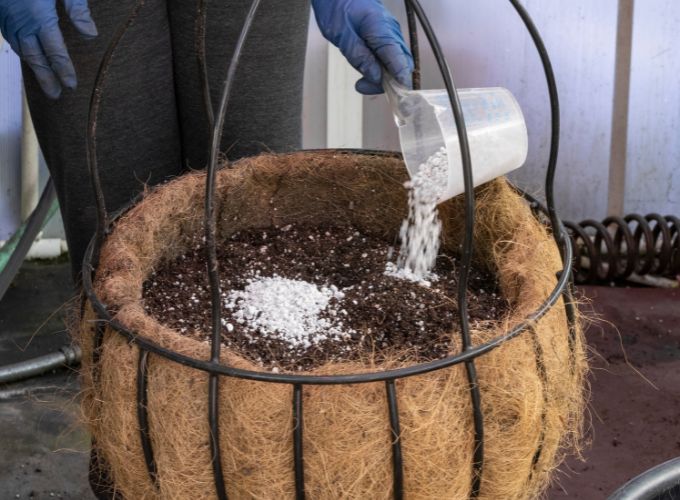
Did you like this article? We recommend some similar ones:

Although we enjoy the warmth of the fireplace, the odors can be unpleasant. With simple tricks like vinegar, salt, or baking soda, you can keep your home fresh and cozy.

How to avoid dust in the house when using a wood stove: tips and tricks for a clean and healthy home
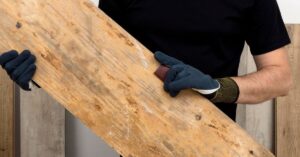
Learn how to remove mould from your wood for use by following the steps in this article.
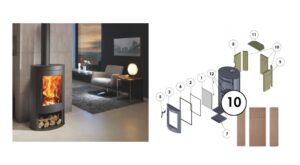
All you need to know: what it is, uses and benefits of wood stoves
To provide the best experiences, we use technologies such as cookies to store and/or access device information. Consenting to these technologies will allow us to process data such as browsing behavior or unique identifiers on this site. Not consenting or withdrawing consent may adversely affect certain features and functions.

From December 19 to January 6, order a wood stove and receive the Helix log holder for free.